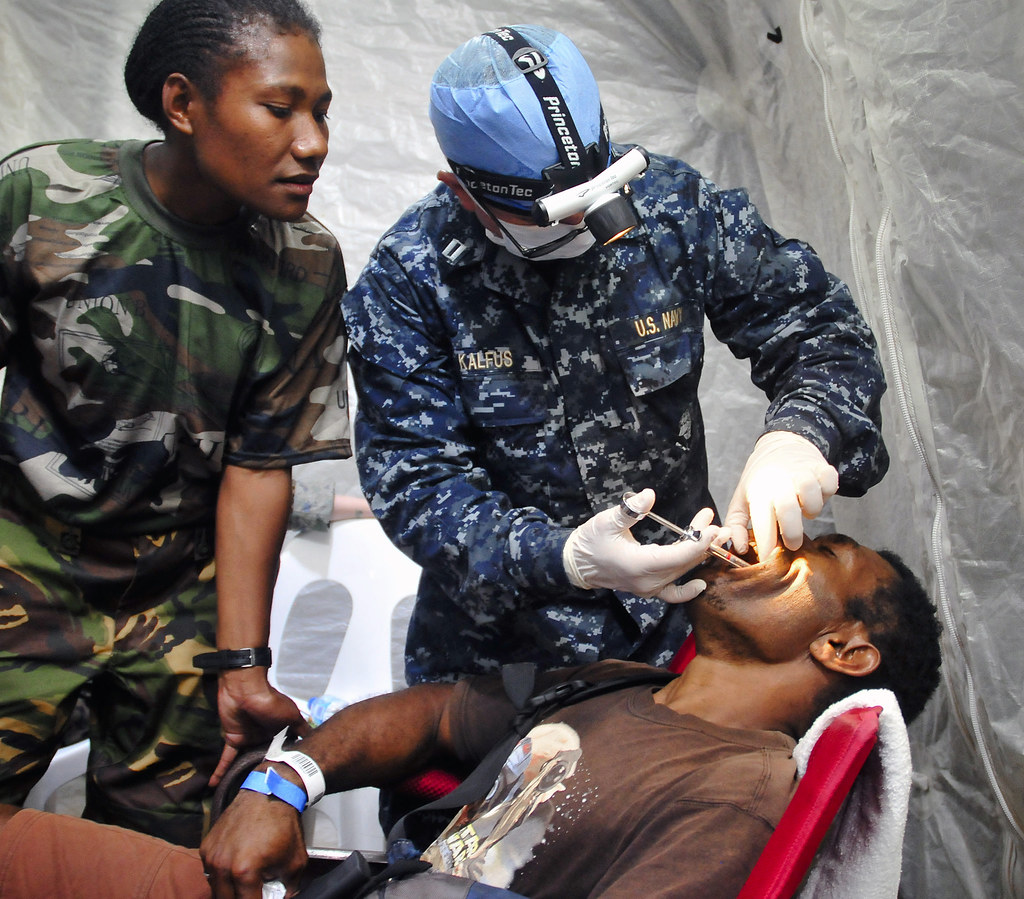 |
| Pacific Partnership 2012 (Image: Flickr user Andrea Guthrie) |
By Eileen Natuzzi
Eight years in, it is time to reassess the program, its strengths and its weaknesses.
Since 2006, the U.S. Navy has been conducting Pacific Partnership, a U.S. Defense Department forward readiness humanitarian aid program in the Asia Pacific Region. This program costs U.S. taxpayers roughly $20 million per mission. Captain Jesse Wilson, the 2011 mission commander sees responses to natural disasters in the Pacific as part of Pacific Partnership’s mission. They are a constant reminder that the United States must “be ready and trained to operate collectively and effectively with our partner nations throughout the Pacific.”
 |
| Image: Flickr user Official U.S. Navy Page |
Over the past year there have been a number of significant natural disasters in the Pacific Region. In January, category 5 Tropical Cyclone Ian slammed into Tonga’s Ha’apai islands, destroying homes and taking down vital communications. Just over a year ago, the Solomon Islands suffered an 8.1 earthquake followed by a deadly tsunami that left many homeless and to this day still living in tent cities. This year, on April 4, the entire island of Guadalcanal experienced devastating flooding after days of rain dumped meters of rainfall on the island, causing rivers to swell and forge deadly new paths through villages. More than 20 percent of the Solomon Island population has been adversely impacted by this latest disaster.
The U.S. Navy and Pacific Partnership did not mobilize to assist with any of these disasters, despite significant on-the-ground logistical issues in delivering relief. This raises some questions: What is the commitment of the U.S. Navy’s Pacific Partnership to the Pacific Island region? And is the United States taxpayer getting true value for money?
Read the full story at The Diplomat
